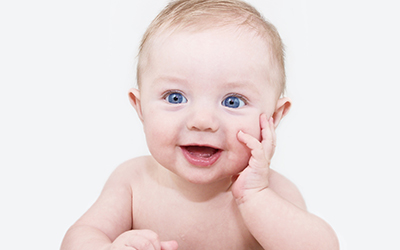Posted on Apr 22, 2024
File ID 2607278 | © Vividpixels | Dreamstime.com

As a new parent, one of the exciting milestones you'll eagerly anticipate is the appearance of your baby's first teeth. Understanding the timeline of teething can help ease any concerns and prepare you for this developmental stage.
Any concerns are easily addressed by kids' dentists who offer pediatric dental care. Let's explore more details.
Babies typically begin teething around 6 months of age, although the timing can vary. Some infants may start teething as early as 3 or 4 months, while others may not begin until closer to their first birthday. The process of teething continues over several months as different teeth emerge gradually, according to a kid's dentist.
Before you see the first tooth, you may notice signs that your baby is teething. These can include increased drooling, fussiness, irritability, and a desire to chew on objects. Some babies may also experience swollen gums or flushed cheeks as the teeth begin to push through.
Teething typically follows a predictable pattern, with the lower central incisors (bottom front teeth) appearing first, followed by the upper central incisors (top front teeth). Next, the lateral incisors, canines, and molars will come in, usually in pairs, until your child has a full set of primary teeth.
While 6 to 12 months is the typical timeframe for teething to begin, various factors can influence when your baby's teeth will emerge. Genetics, premature birth, and certain medical conditions can all play a role in the timing of teething. Also, every child develops at their own pace, so it's essential to be patient and not compare your baby's teething timeline to others.
Firestone Pediatric Dentistry and Orthodontics specializes in pediatric dental care and works alongside orthodontics to deliver quality results. Its team of professionals can help you get the results you need after evaluating your dental conditions, so reach out to them today!